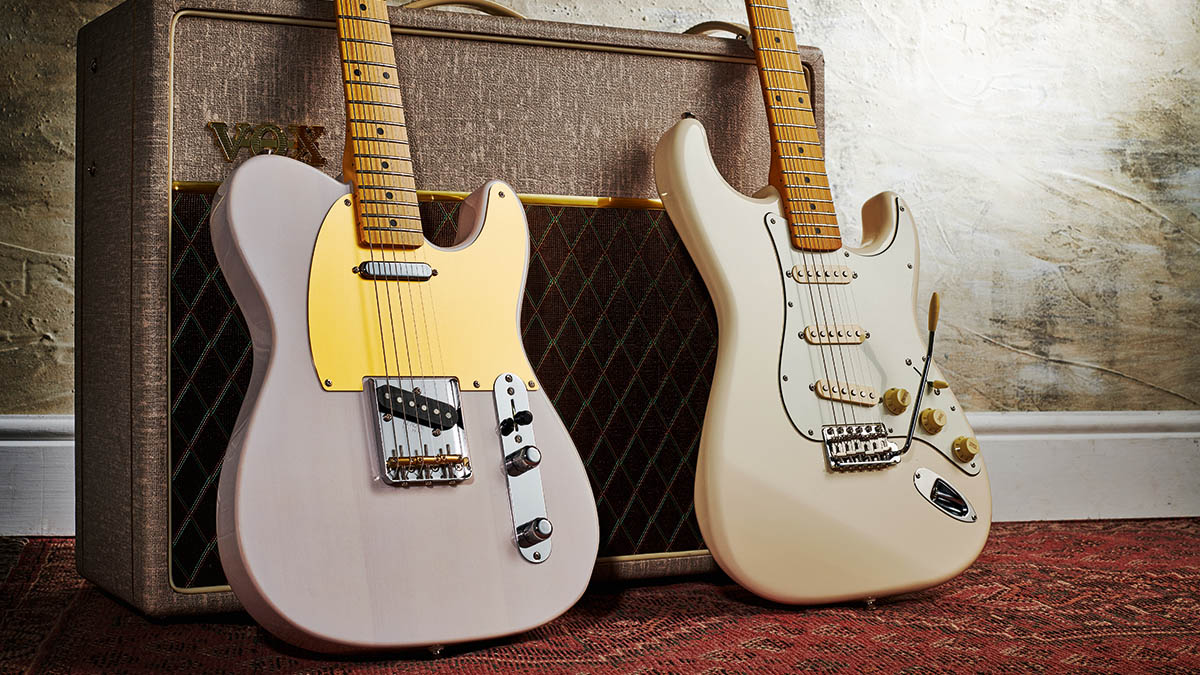Guitar World Verdict
We honestly thought Fender may have missed the mark with these two, but having given them the benefit of the doubt they’ve completely turned our opinions around, to the extent that we’d rate them something of a mini triumph. In fact, we reckon these mods are two rather excellent rockers. Boom boom!
Pros
- +
Super builds.
- +
Impeccable fit and finish.
- +
Well priced.
- +
Great playability.
- +
Some interesting, un-Tele-like tones.
- +
Strat has great range of usable tones with clever switching.
Cons
- -
The Tele's White Blonde is actually grey/blue.
- -
Strat pickups set a little low (but that's an easy fix).
- -
Pulling up a push-pull pot can be tricky on Strat-style knob.
You can trust Guitar World
When we first heard that Fender was bringing out JV reissues commemorating the release of the original Japanese-made series, we mistakenly believed we would be getting accurate remakes of those game-changing guitars that recreated Strats, Teles, Precision and Jazz basses from the company’s golden pre-CBS era.
The earliest ones had Fender in large script and a small ‘Squier’ on the bulbous headstock end, and these instruments staggered everyone who saw them with their brilliant build, stunning attention to detail, and authentic looks and feel.
However, after the slight disappointment of discovering this was not to be the case, it turns out that what we have here are two interesting and versatile instruments that deserve their place in the middle ranks of Fender’s all-encompassing range.
The guitars have much in common, from their basswood bodies with gloss urethane finishes, to satin-finished maple necks with soft ‘V’ profile and modern 241mm (9.5-inch) slab maple ’boards sporting 21 medium-jumbo frets.
They also have bone nuts, vintage-voiced single-coil pickups, and locking vintage-style tuners. Truss rod access is at the headstock end rather than at the body, making the necks that much easier to keep in shape, and both guitars come strung with D’Addario 0.009 to 0.042‑gauge strings.
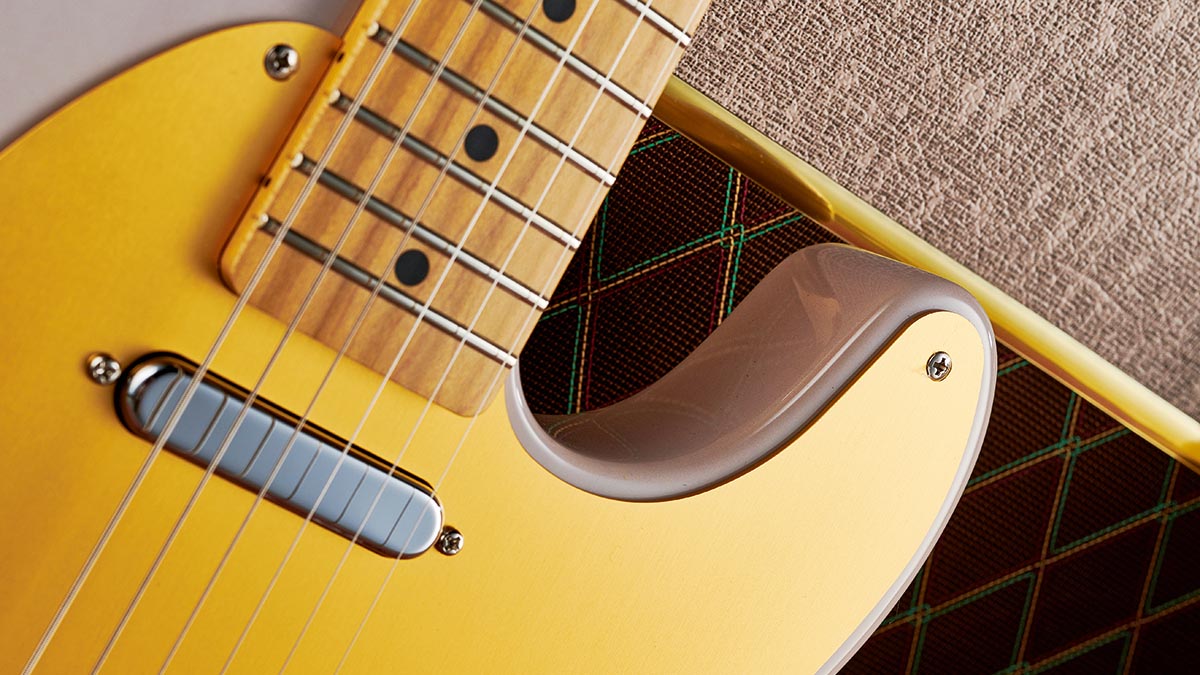
As you would expect from instruments made in Japan, their build, fit and finish are exemplary. The finishes are flawless, fretting and fret finishing are as good as almost anything out there, and actions on both guitars are exactly as you’d want them – low enough for comfort but with enough clearance for buzz-free playing.
We do take slight issue with the pickup heights, though. The Strat’s especially are set way too low for our tastes, but a quick fettle with the cross-head screwdriver soon had that sorted.
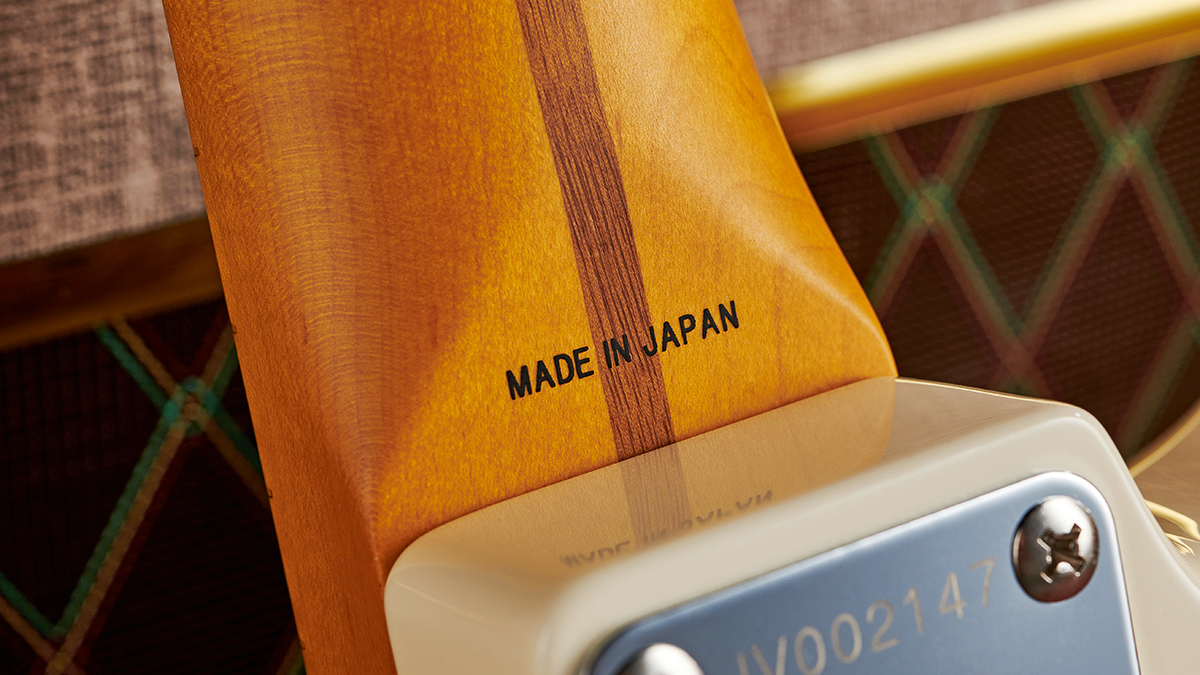
However, what makes the whole JV Modified range instruments most interesting is their pickup switching. Each guitar in the range features a pull switch on the tone control, designed to offer sounds not normally associated with these models.
Our Tele’s usual three-way pickup selector is instead a four-way, with position 4 (towards the neck) selecting both pickups in series for a lift in power and girth. Its push-pull pot puts either of the ‘both pickups on’ selections out of phase for a decidedly different ‘honky’ Tele tone.
The Strat’s push-pull pot, on the other hand, simply brings in the neck pickup when bridge, and middle and bridge are chosen, so we get neck and bridge together, or all three pickups on at once. It will be interesting to see how they fare when plugged in to our Matchless Lightning test amp and up against a couple of Custom Shop ‘control’ guitars.
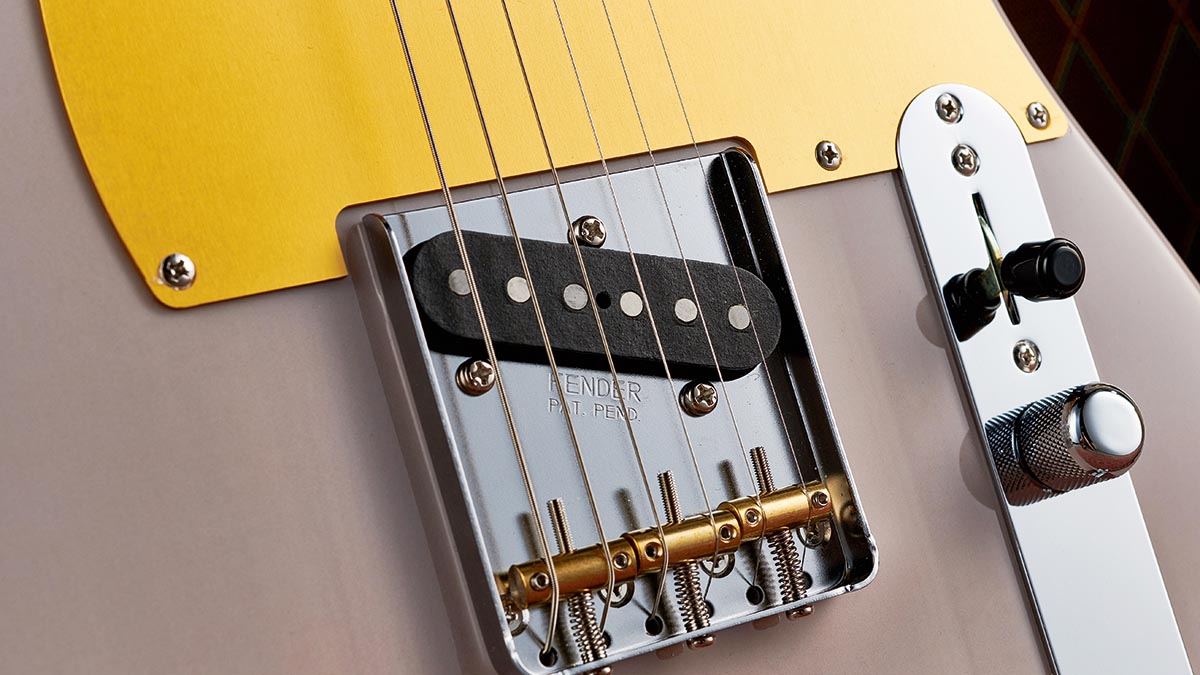
Feel & Sounds
As mentioned, the action on both guitars here is spot on. Their necks are profiled with what Fender calls a ‘thick soft V’ and we’d put it somewhere between a regular C shape and the more radical V of many early Strats and Teles.
They are quite slender, though (21mm at the 1st fret and 23mm at the 12th). That’s nothing like the chunky slabs of this reviewer’s own Custom Shop Relics, but they really do suit the 0.009-gauge strings – heavy hawsers on a thin neck or thin wires on a big old baseball bat always seem rather at odds, we feel.
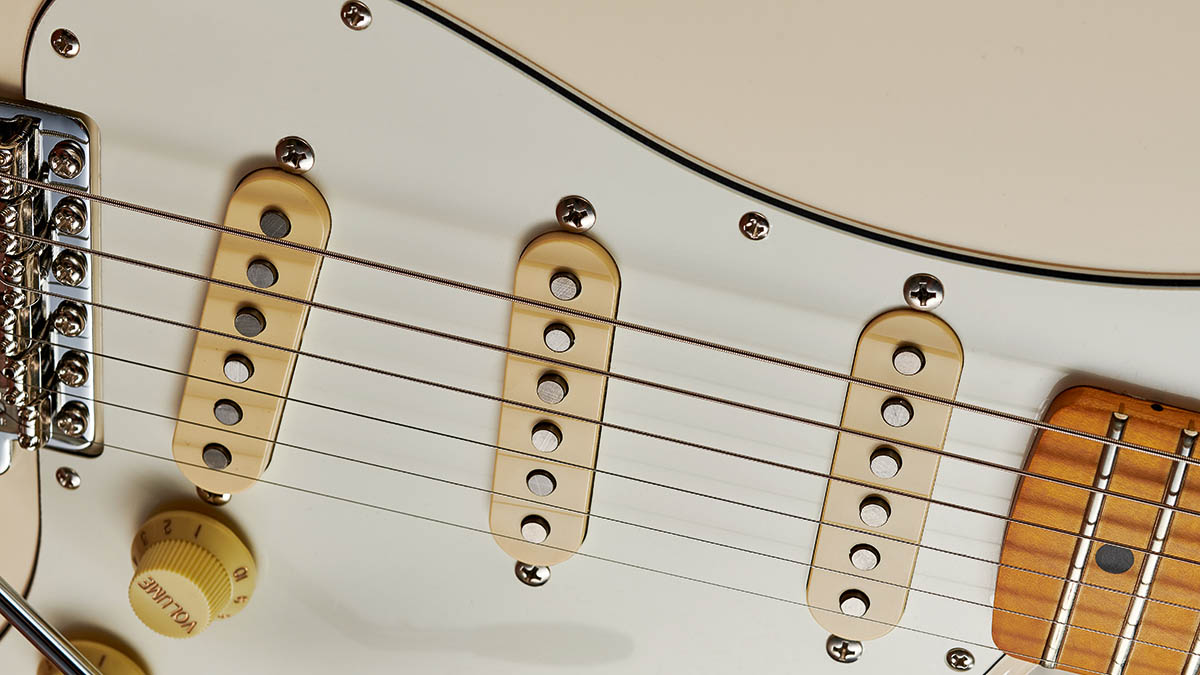
String bending is a doddle, too, and adding wide vibrato to a tone bend at the 15th fret takes no effort at all. The guitars’ lightweight basswood bodies also mean they feel great on straps, and the satin neck finishes provide a drag-free playing experience.
Auditioning the JV Modified Telecaster offers up an interesting variety of tones, some of which we’d never heard from any Tele we’ve played
Auditioning the JV Modified Telecaster through our Matchless offers up an interesting variety of tones, some of which we’d never heard from any Tele we’ve played.
Listening to the three ‘normal’ sounds first, they are all brighter and quieter than the same positions on our CS guitar. However, each setting has an extremely musical voice, with great clarity and string separation, and immediately recognisable as a good example of its species.
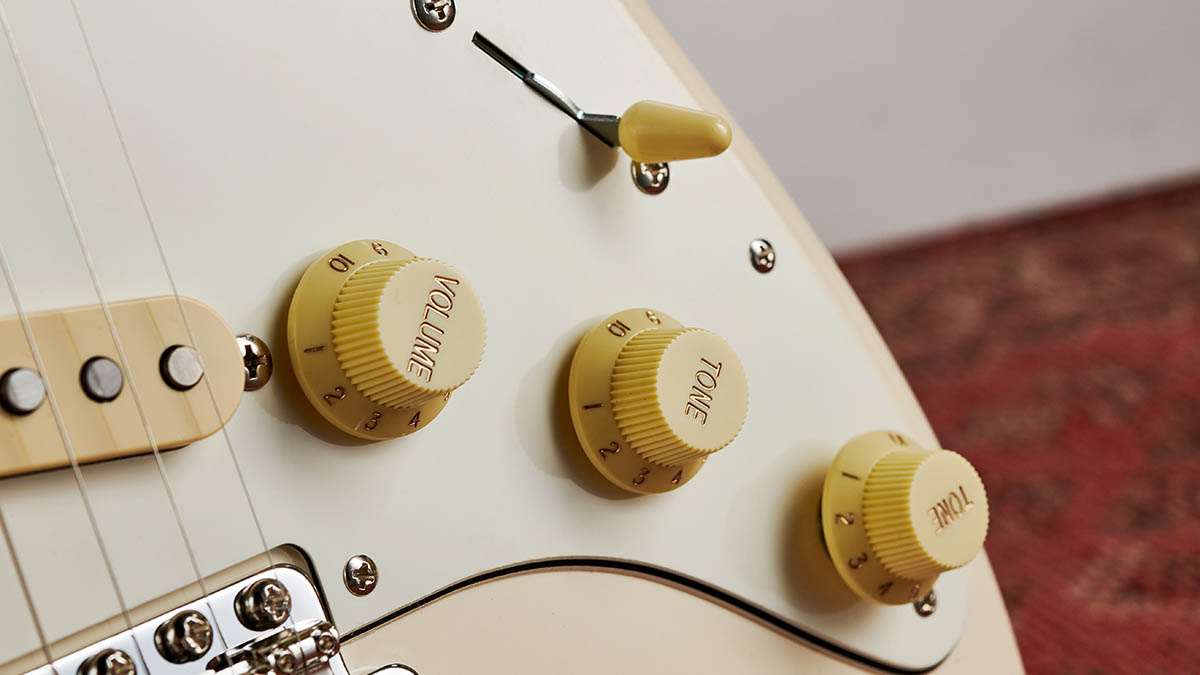
Where things get interesting is in the switching. Positions 1 to 3 are regular Tele fare – bridge, bridge and middle in parallel, and neck. Push the switch to its final position and we hear both pickups together in series.
This is instantly fuller and louder than the ‘in parallel’ sound, and would suit fat bluesy solos or, with the tone knocked back somewhat, a bit of sleazy jazz. Pull up the tone control’s knurled knob and the two ‘both pickups on’ settings get flipped out of phase.
They are not at all Strat-y, though; the ‘in series’ sound is much closer to Peter Green’s Les Paul (especially with some tone rolled off), while the ‘in parallel’ tone is a decidedly lighter honk, which we could imagine guitarists such as Joe Perry or Jimmy Page insinuating into a mix. This is an extremely cool mix of sounds that you really should explore for yourself.
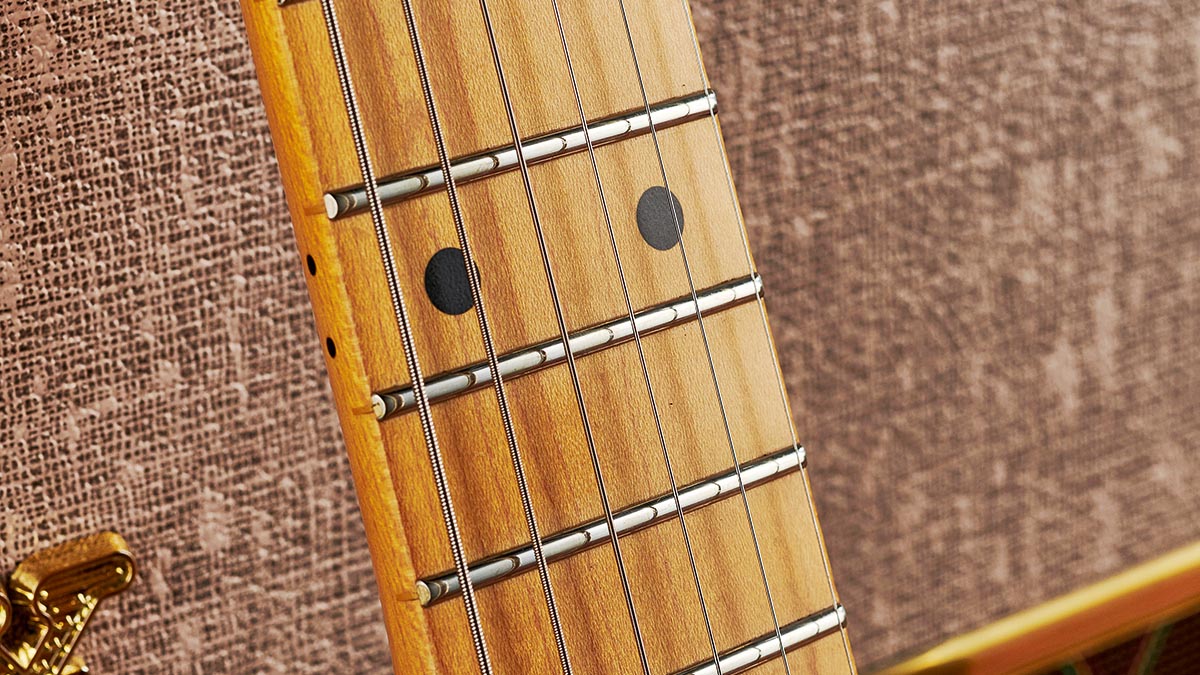
Moving to the ’60s Stratocaster, of course we have heard Strats or Strat-style guitars with neck and bridge pickups together, or all pickups on.
Both are very usable sounds, the former a sort of full-fat Telecaster on its middle setting, and the latter a strong funky tone that’s great for clean riffs, clear arpeggios or indeed small chord funky strumming.
Again, next to our Custom Shop maple-neck Strat this one is quieter and clearer toned. Like the Tele, though, it’s extremely pleasing and musical – in every position. And remember, clearer toned guitars are great with pedals as they seem to heighten chorus-style effects and work brilliantly with delay – and, of course, whack a good overdrive or distortion between it and the amp, and the world’s your sonic oyster.
Verdict
Admittedly, we were a little askance at these guitars on first realising they were not what we though they’d be. But living with them for a few days has been a delightful experience.
Whether or not you like the Tele’s anodised pickguard and rather unusual White Blonde that’s actually translucent grey, we suspect the guitar would quickly endear itself should you plug one in to a decent amp (as we were fortunate enough to be able to do).
Likewise the Strat. If you were looking for something with that Hendrix vibe, this would be an excellent place to start. And whether you like your Strat tones clean and funky, or filthy and fuzzed up, this one would comply with pretty much anything you wanted to do.
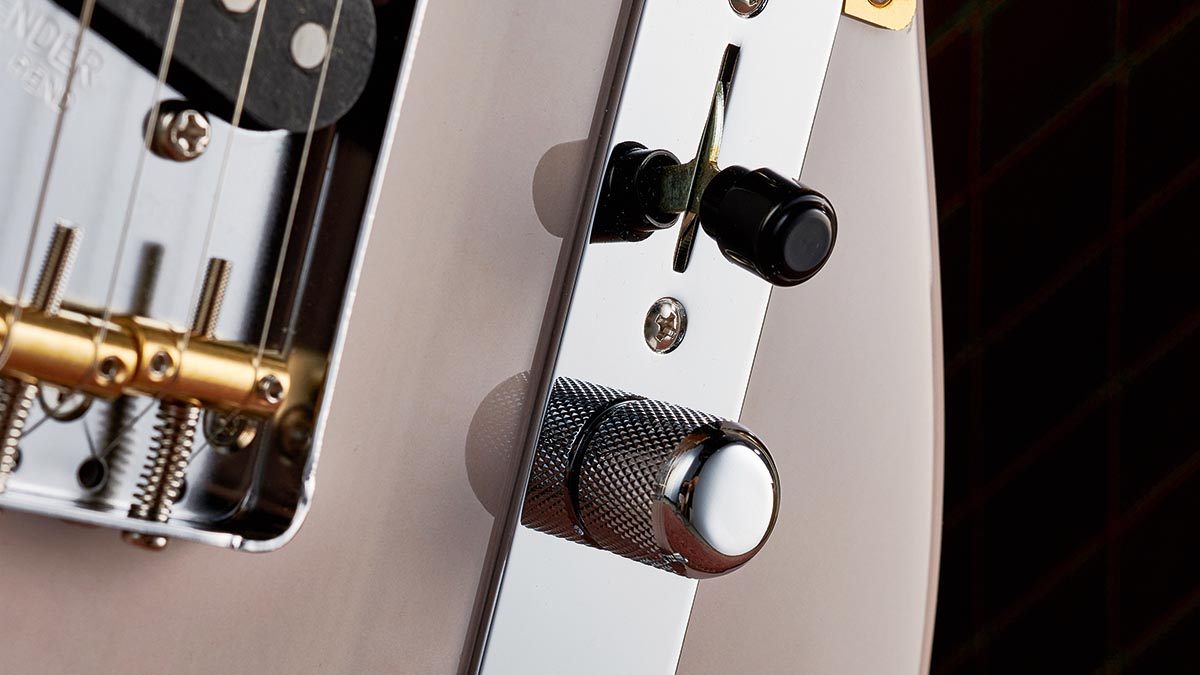
That both instruments have clever switching offering very usable extra tones is a great bonus. Particularly interesting are the Tele’s two out-of-phase settings, neither of which we’d heard before (although they are available on other models), but the regular sounds are equally personable, too.
Same with the Strat: those extra two tones – all pickups on, and neck and bridge together – offer new vistas for an instrument that’s already one of the most versatile around.
The Tele offers up an interesting variety of tones, some we’d never heard from any Tele we’ve played
Street price for both models looks to be a reasonable £1,150 or so, and that’s seems modest for guitars this well made with such a broad and usable range of tones, and which play so effortlessly.
We honestly thought Fender may have missed the mark with these two, but having given them the benefit of the doubt they’ve completely turned our opinions around, to the extent that we’d rate them something of a mini triumph. In fact, we reckon these mods are two rather excellent rockers. Boom boom!
Specifications: Fender JV Modified ’50s Telecaster
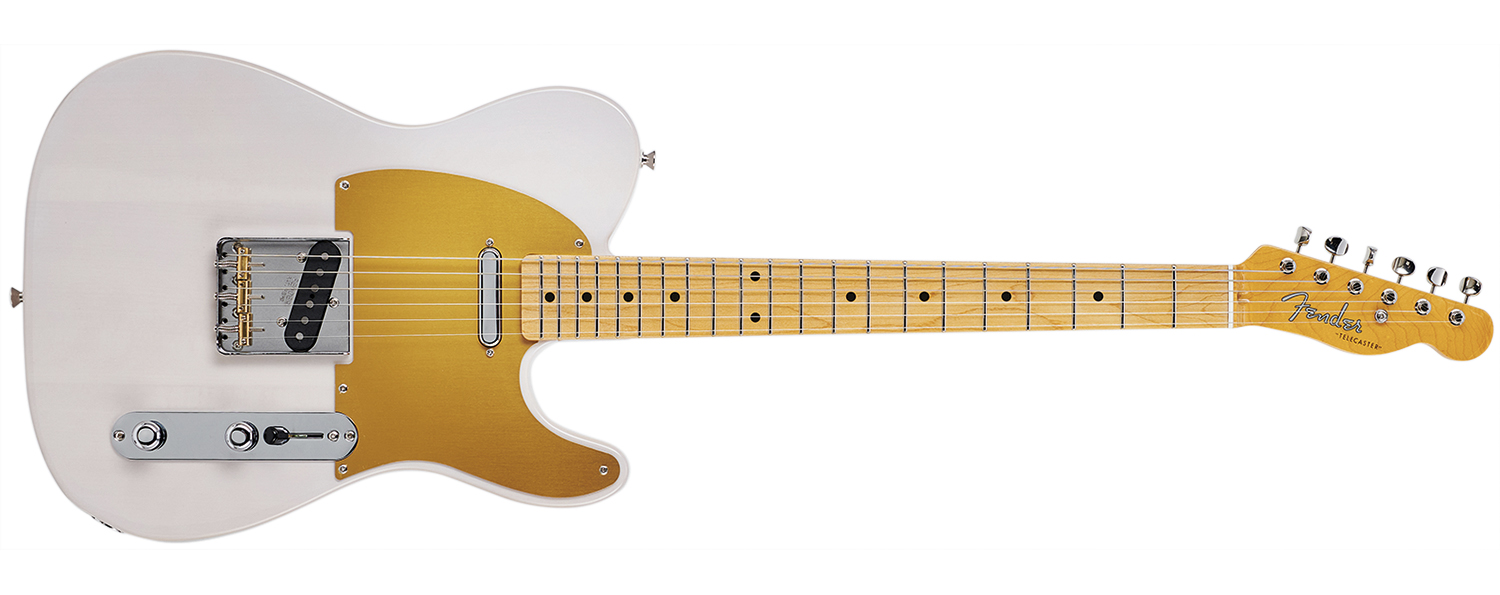
- PRICE: $1,299 / £1,249 (inc gigbag)
- ORIGIN: Japan
- TYPE: Single-cutaway, solid body electric
- BODY: Basswood
- NECK: Maple, ‘thick soft V’ profile, satin finish
- SCALE LENGTH: 648mm (25.5”)
- NUT/WIDTH: Bone/42mm
- FINGERBOARD: Maple ‘slab’ style with 241mm (9.5”) radius
- FRETS: 21, medium-jumbo
- HARDWARE: Nickel/chrome vintage Tele bridge with 3x brass ‘barrel’ saddles; vintage-style locking tuners, gold anodised pickguard, Fender strap buttons
- STRING SPACING, BRIDGE: 54mm
- ELECTRICS: 2x vintage-voiced Fender single-coil Tele pickups, master volume, tone control with push-pull option that puts pickups out of phase; 4-way selector (position 4 puts pickups in series)
- WEIGHT (kg/lb): 3.175/7
- OPTIONS: No
- RANGE OPTIONS: Fender JV Modified ’50s Stratocaster HSS (£1,299) in 2-Color Sunburst; JV Modified ’60s Custom Telecaster in Firemist Gold (£1,299) with bound body and rosewood fingerboard
- LEFT-HANDERS: No
- FINISH: White Blonde
Specifications: Fender JV Modified ’60s Stratocaster
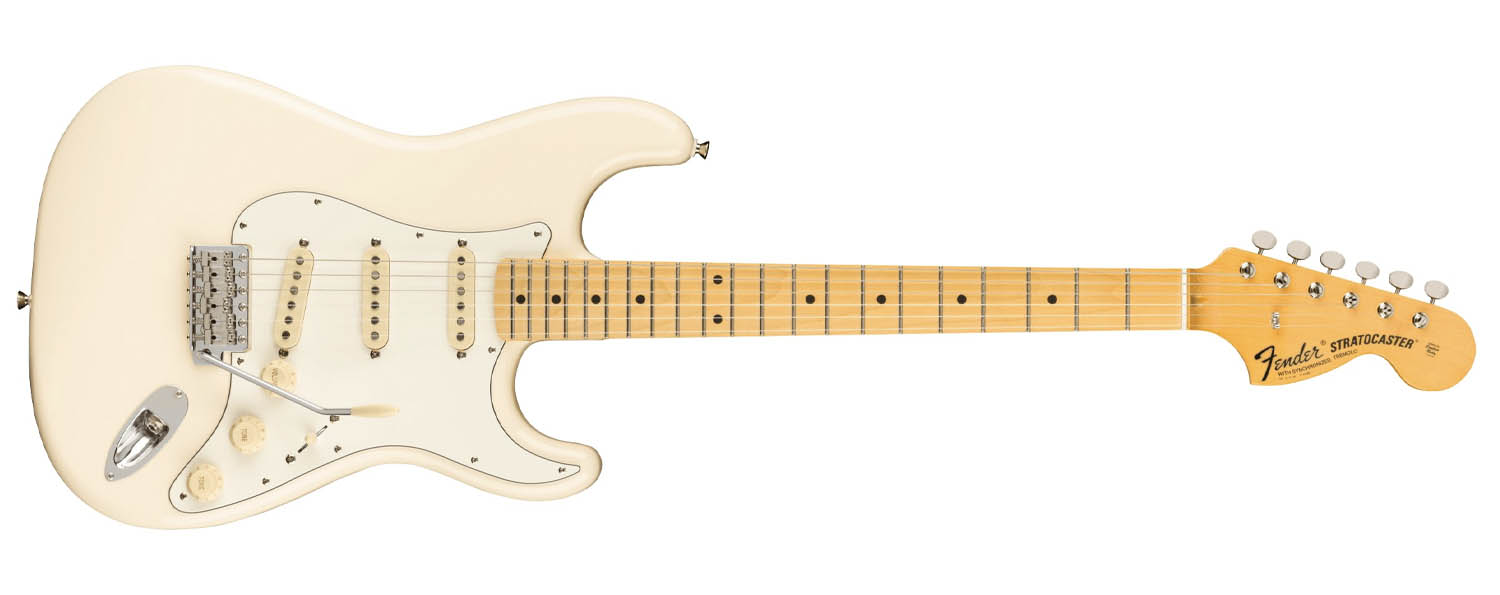
- PRICE: $1,299 / £1,249 (inc gigbag)
- ORIGIN: Japan
- TYPE: Double-cutaway, solid body electric
- BODY: Basswood
- NECK: Maple, ‘thick soft V’ profile, satin finish with large headstock
- SCALE LENGTH: 648mm (25.5”)
- NUT/WIDTH: Bone/42mm
- FINGERBOARD: Maple ‘slab’ style with 241mm (9.5”) radius
- FRETS: 21, medium/jumbo
- HARDWARE: Nickel/chrome vintage‑style Strat bridge with bent steel saddles; vintage-style locking tuners, 3-ply parchment pickguard with aged knobs and switch tip; Fender strap buttons
- STRING SPACING, BRIDGE: 54mm
- ELECTRICS: 3x Fender vintage-voiced single-coil pickups; volume and 2x tone controls, tone pot 2 is push-pull activating neck pickup in positions 1 and 2
- WEIGHT (kg/lb): 3.34/7.35
- OPTIONS: No
- RANGE OPTIONS: See left
- LEFT-HANDERS: No
- FINISH: Olympic White
- CONTACT: Fender
In the late '70s and early '80s Neville worked for Selmer/Norlin as one of Gibson's UK guitar repairers, before joining CBS/Fender in the same role. He then moved to the fledgling Guitarist magazine as staff writer, rising to editor in 1986. He remained editor for 14 years before launching and editing Guitar Techniques magazine. Although now semi-retired he still works for both magazines. Neville has been a member of Marty Wilde's 'Wildcats' since 1983, and recorded his own album, The Blues Headlines, in 2019.
“I used to weigh my guitars and use the heaviest one. As I’ve got older and my back’s got worse, lighter guitars are definitely better”: Lee Malia’s Jackson signature completes a full circle 20 years in the making – and it redefines what a Jackson can be
“It holds its own purely as a playable guitar. It’s really cool for the traveling musician – you can bring it on a flight and it fits beneath the seat”: Why Steve Stevens put his name to a foldable guitar
